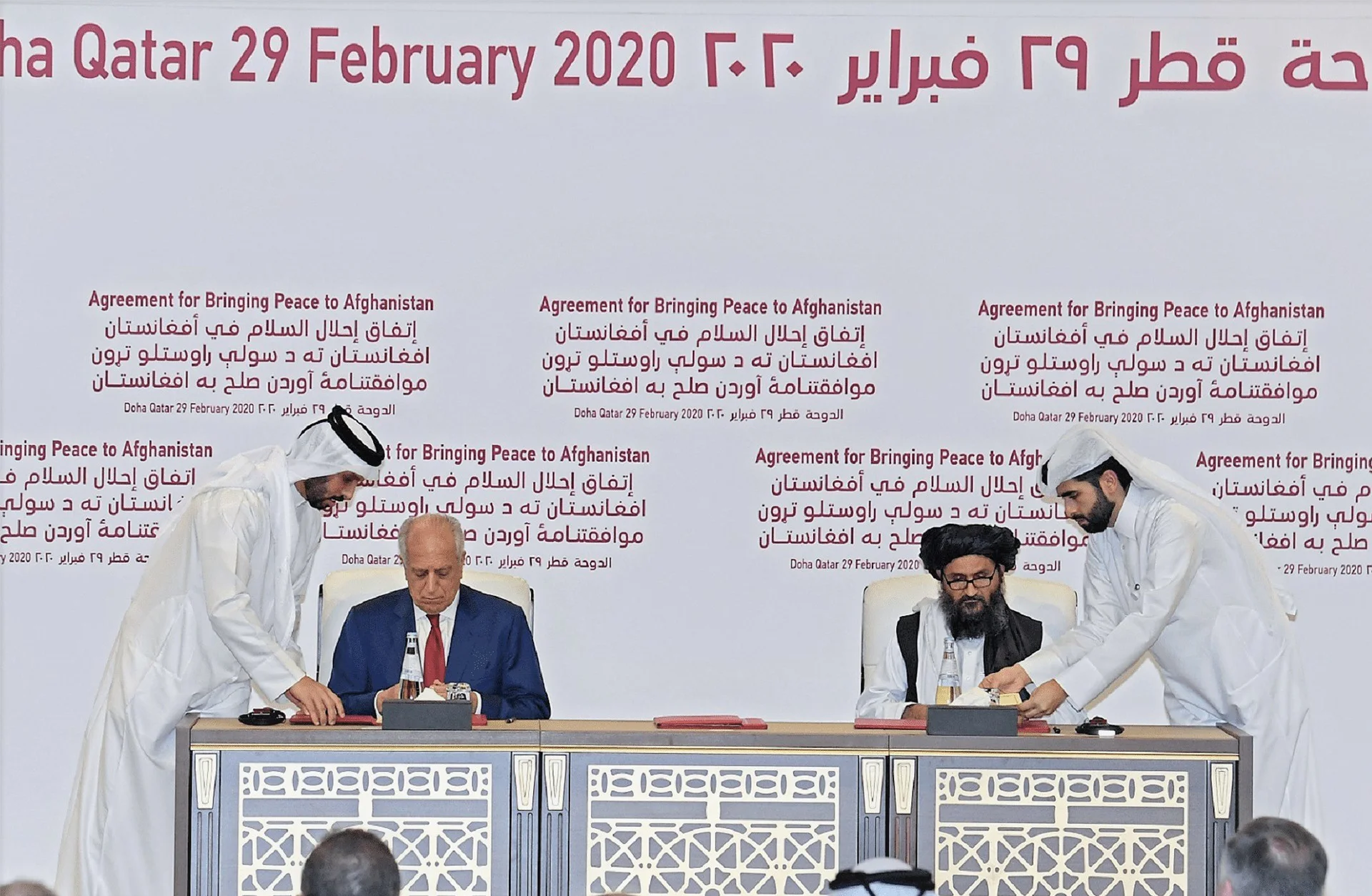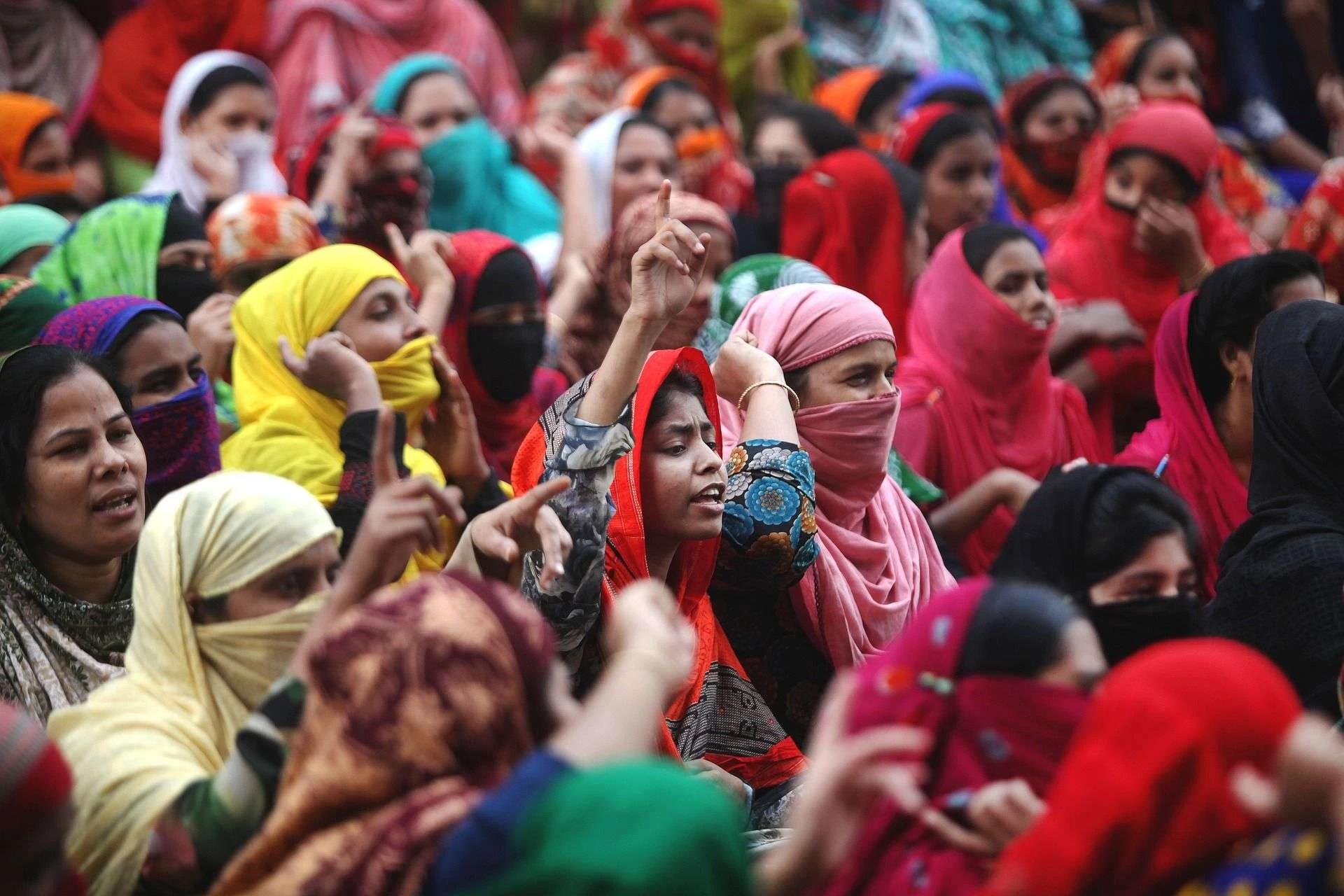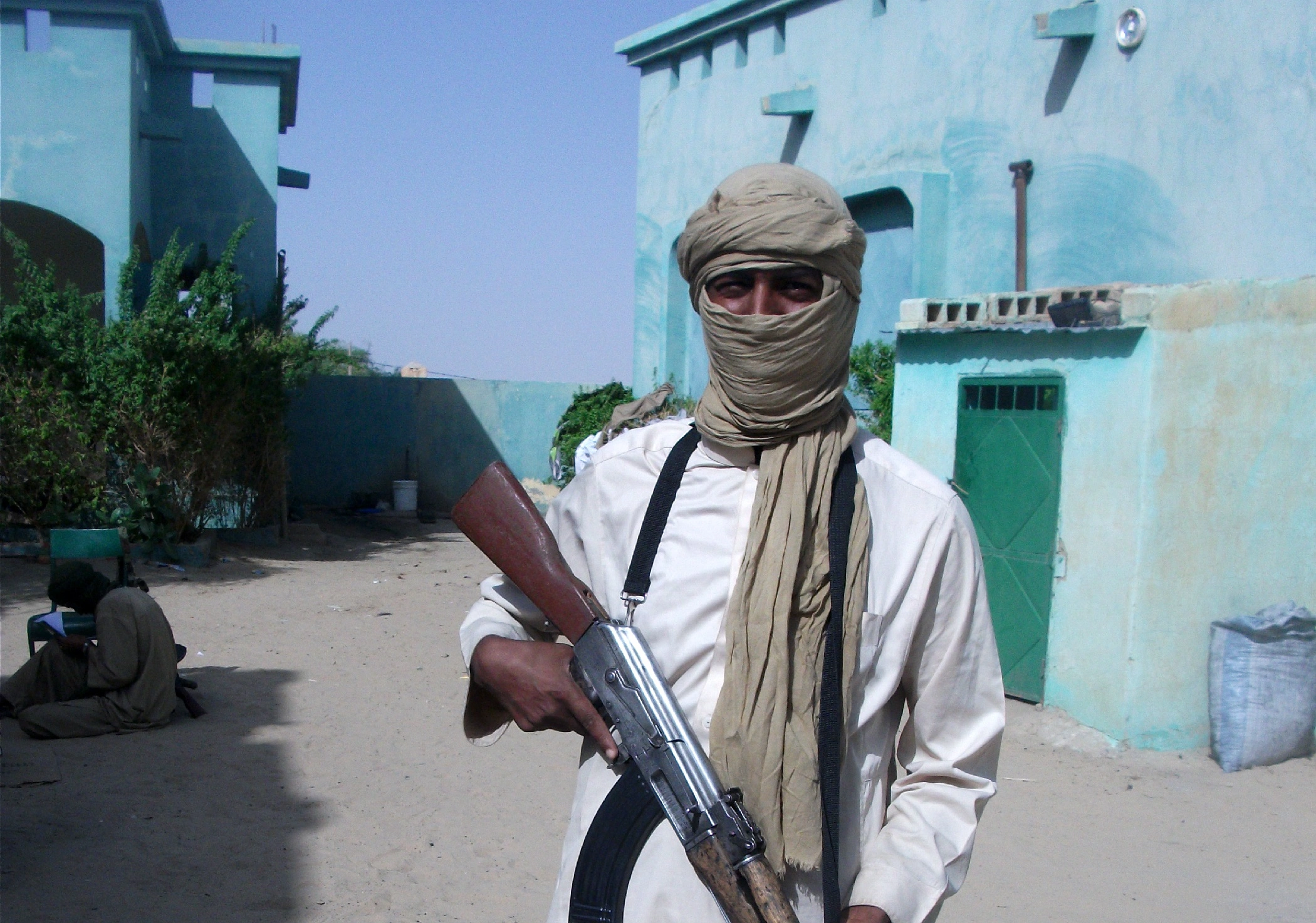World Economic Forum (WEF) unearthed its report on the world’s top remittance recipients. Interestingly, in this report, there are three South Asian states which have managed to secure their positions in the top ten highest recipients of remittances. In this index, India is at the top. Whereas Pakistan and Bangladesh are in 6th and 8th position respectively. The global pandemic of Covid-19 has shattered the global economy. However, as observed, there is a 17 per cent increase in Pakistan’s transfer influx.
These countries are the world's top remittance recipients https://t.co/TzQo0XN9Rp #COVID19 #GlobalRemittace pic.twitter.com/nL3uWKalTr
— World Economic Forum (@wef) May 21, 2021
Remittance Flow in South Asia Region
As a whole, South Asian countries earned $147 billion remittances in total last year. Which, due to steady growth in high-income economies and a further projected decline in migration to the Gulf countries; was again marginally slow from 5.2 pc last year to 3.5 pc by 2021, World Bank predicted.
In parallel with Pakistan, inward remittances have increased in South Asia. This is because of the high share of Sri Lanka and Bangladesh. Bangladesh increased its remittances by 18.4% and Sri Lanka by 5.8% respectively.
According to the report presented by WEF, Pakistan is predicted to receive $26.1 billion at the end of the financial year. In line with Pakistan, there are other countries where remittance growth is high. These countries are; Mexico, the world’s third-largest recipient of payments also Egypt and Bangladesh with the world’s fifth and eighth-largest recipients. In contrast, India’s secured the top position in this index with $83.1 billion expected remittances. This is despite recording a loss in remittances in 2020 compared to 2019.
The WEF’s ranking is based on the World Bank’s information. The data previously showed by the World Bank shows that the growth in the domestic remittances of Pakistani workers abroad has increased significantly by more than 5.2% inflows to the South Asian countries overall. The World Bank previously projected a substantial decrease in remittances to Pakistan and the regional states. This was particularly because of Covid-19, which crippled the global economy.
The World Bank and WEF Report 2020
The World Bank and WEF report for 2020 were presented at a period when payments in the current year depicted much higher power. Data from the State Bank have already shown that, in the 10 months between July and April of the current financial year, Diaspora transfers jumped by a hefty 29% to an all-time high of $24,2 billion. These figures were in comparison with cash transmitted by Pakistanis in the same timeframe a year earlier.
Workers' remittances continue to surge, rising to an all-time high of $2.8bn in Apr21, 56% higher than a year ago. At $24.2bn during Jul-Apr FY21, up 29% from last year, these have also surpassed the full FY20 level by over $1bn, creating a new record. See https://t.co/7XBd4uNES4 pic.twitter.com/OIqQwlR88q
— SBP (@StateBank_Pak) May 18, 2021
Saudi Arabia, UAE, UK, EU and the U.S.A are the major sources of remittances for Pakistan but Saudi Arabia is at the top among these countries.
For Pakistan, ahead of exports, workers remittances have been the single largest sources of foreign currency. Workers remittances help to give support to currency and forex reserves by making an equilibrium balance of payments. Increasing payments provided critical support to Pakistan’s current account. It posted a $959 million surplus, creating a seeming appearance of stabilization of the current account.
A Decline in Global Economic Trends Due to COVID-19
The WB suggests a fiscal stimulus, which led to better than anticipated economic conditions in the host countries, shifts in the cash flow from cash to digital, informal to formal channels and cyclical shifts in oil prices and exchange rates was the principal drivers of this steady flow.
Global remittance flows generally steadily declined in 2020, with a modest decrease over the previous forecasts. Formally recognized, transfer flows to low- and middle-income countries were 540 billion dollars or only 1.6 per cent lower than the 2019 average of 548 billion dollars.
Last year’s decrease in worldwide cash flows was less than the negative 4.8% during the financial crisis in the world in 2009. The drop in the FDI flow to low and middle-income countries underestimated this. It had actually dropped by more than 30 per cent in 2020, excluding flows to China.






